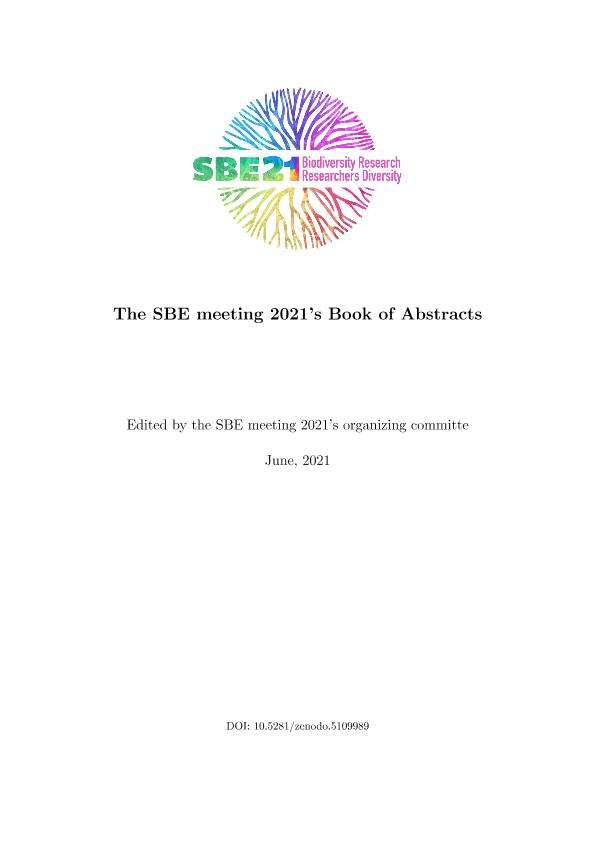Evento
The mitochondrial genome of holoparasites of the family Balanophoraceae has been severely impacted by horizontal gene transfer
Tipo del evento:
Reunión
Nombre del evento:
II Virtual Meeting of Systematics, Biogeography, and Evolution: The Research of Biodiversity and the Diversity of Researchers
Fecha del evento:
19/06/2021
Institución Organizadora:
SBE Meeting 2021’s Organizing Committee;
Título del Libro:
The SBE meeting 2021's Book of Abstracts
Editorial:
Systematics, Biogeography, and Evolution meeting 2021's organizing committe
Idioma:
Inglés
Clasificación temática:
Resumen
Plant vascular connections established in a host-parasite relationship allow the passage of water, nutrients, and nucleic acids. This intimate contact promotes the exchange of genetic information between unrelated species, a process named Horizontal Gene Transfer (HGT). Plant mitochondrial genomes (mtDNAs) are frequently impacted by HGT. We deciphered the mtDNA of the holoparasitic angiosperm Lophophytum leandri (Balanophoraceae). This plant grows in Argentina parasitizing roots of the mimosoid legume Parapiptadenia rigida (Fabaceae). The L. leandri mtDNA is 806,114 bp long and has a multichromosomal structure consisting of 50 circular chromosomes (5-72 kb in length). This multipartite genome was recently described in the relatives L. mirabile and Ombrophytum subterraneum. Similarity searches revealed 46.37% of shared regions between the mtDNA of L. mirabile and L. leandri. The L. leandri mtDNA carries 3 ribosomal RNA, 6 transfer RNA, and 35 protein genes representing 7.25% of the genome and are distributed across 23 chromosomes. The remaining 27 chromosomes are devoid of any identifiable coding region. Comprehensive phylogenetic analyses showed that L. leandri harbors 5 foreign and 15 chimeric mitochondrial protein genes as a result of HGT from its legume hosts. To unveil the overall impact of the HGT in the L. leandri mtDNA, we performed BLAST searches against angiosperm mtDNAs. The L. leandri mtDNA presents 48.3% foreign sequences acquired from legumes and 31.9% native DNA, while 19.6% remains undetermined, as it is not similar to any other angiosperm mtDNA. The availability of the L. leandri mtDNA permitted a genus-wide evolutionary assessment. The analyses uncovered the presence of 19 chimeric genes in L. mirabile, representing almost half (43.18%) of the protein genes. Besides, we found evidence for ancient HGT events, in which foreign mitochondrial genes or regions were acquired before the divergence of L. mirabile and L. leandri.
Palabras clave:
BALANOPHORACEAE
,
MITOCHONDRIAL
,
GENOME
Archivos asociados
Licencia
Identificadores
Colecciones
Eventos(IBAM)
Eventos de INST.DE BIOLOGIA AGRICOLA DE MENDOZA
Eventos de INST.DE BIOLOGIA AGRICOLA DE MENDOZA
Citación
The mitochondrial genome of holoparasites of the family Balanophoraceae has been severely impacted by horizontal gene transfer; II Virtual Meeting of Systematics, Biogeography, and Evolution: The Research of Biodiversity and the Diversity of Researchers; .; Estados Unidos; 2021; 103-104
Compartir
Altmétricas




